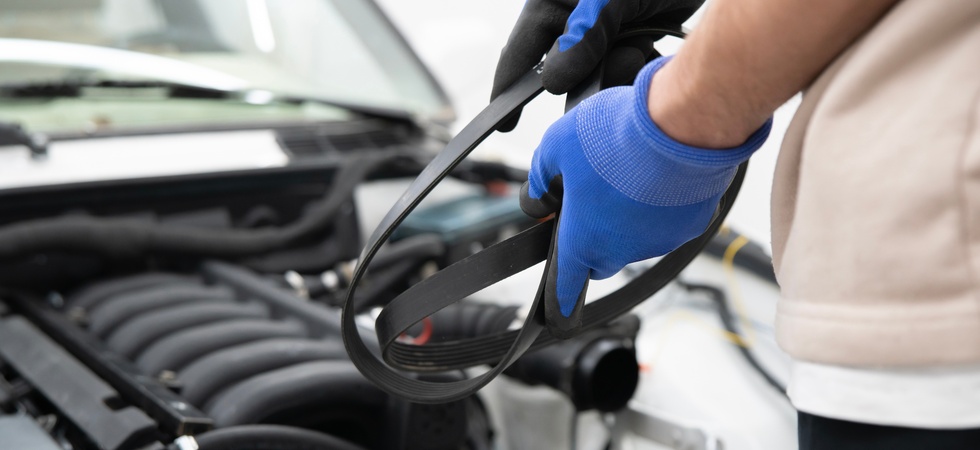How To Prepare Your Vehicle for Turbocharger Installation
If you’re thinking about boosting your vehicle’s performance with a turbocharger, some serious prep work needs to happen before you start wrenching away. Proper vehicle preparation can make the difference between a smooth installation and a complete disaster. Let’s walk through everything you need to do to prepare your vehicle for turbocharger installation.
Assess the Engine’s Health
Your vehicle’s engine needs to be in top shape before you add forced induction. A turbocharger will only amplify any existing problems, so now’s the time to address them.
Start with a compression test on all cylinders. Low compression indicates worn rings or valves that won’t handle boost pressure well. While you’re at it, check for any oil leaks around the gaskets and seals. Turbochargers create higher crankcase pressures that can turn minor leaks into major problems.
Evaluate the Fuel System
Stock fuel systems usually can’t handle the increased demands of a turbocharged engine. Check your fuel pump’s capacity against the turbo kit’s requirements—most factory pumps are sized for naturally aspirated engines and will struggle under boost.
Inspect the fuel injectors for proper operation and flow rates. Clogged or inconsistent injectors can become dangerous when the engine starts producing serious power.
Finally, you should install a fresh fuel filter before you begin the installation process. A clogged filter can cause lean conditions that can quickly destroy engines once boost pressure builds.
Prep the Cooling System
Heat management is critical with turbocharger installations, as turbos generate intense heat that can damage nearby components. A major mistake to avoid when you’re installing your turbocharger kit is failing to update your vehicle’s cooling system beforehand. Materials such as rubber, plastic, and certain metals can become brittle, melt, or lose structural integrity when exposed to sustained high temperatures. Fuel lines and brake lines near the turbocharger are particularly vulnerable, and wiring insulation can also degrade under extreme heat.
To provide adequate protection, you can apply thermal wraps directly to pipes and wires. Strategically position heat shields made of reflective or insulating materials between the turbocharger and sensitive components to redirect or dissipate heat.
Additionally, make sure to flush the cooling system and replace the thermostat. Old coolant contains acids and debris that can clog the smaller passages in intercoolers and turbocharger housings. If your budget allows, consider upgrading your radiator altogether. The stock unit might be able to handle normal driving, but sustained high-performance use will push temperatures beyond safe limits. Better cooling now prevents expensive problems later.
Ready the Oil System
Fresh oil and a new oil filter are absolute requirements before turbocharger installation. Use high-quality oil that meets the turbo manufacturer’s specifications—this isn’t the place to save money with cheap fluids.
Your oil pump needs to be able to supply adequate pressure and volume for both the engine and the turbocharger. Most stock pumps handle this fine, but high-mileage engines might need pump replacement or rebuilding. Consider installing an oil accumulator if your setup requires it.
Taking the time to properly prepare your vehicle for turbocharger installation pays dividends throughout the entire process. Your engine will be healthier, the installation will go smoother, and your finished setup will be more reliable.

